EU Unveils VAT in the Digital Age (ViDA) Implementation Plan
-psucycuxh2.webp)
After reaching a historical agreement on the scope and implementation timeline of the VAT in the Digital Age (ViDA) package, the European Commission continues its work in this area and has released its implementation strategy. The comprehensive 17-page document provides a clear implementation roadmap for applying key measures, ensuring that businesses and EU countries can integrate the changes smoothly and consistently.
Key Implementation Steps and Risks
According to the ViDA implementation strategy document, the European Commission anticipates generating net benefits of between EUR 172 billion and EUR 214 billion over 10 years, including EUR 51 billion in savings for businesses through the implementation of adopted rules and requirements. Additionally, it underlined that the successful and fair implementation of the ViDA package depends on strong cooperation among EU countries, businesses, and EU institutions, as well as clear political ownership of the process.
To achieve set goals within a defined timeframe, the Commission stated that it will maintain continuous engagement with all parties, providing regular progress updates to the European Parliament and Council to foster shared responsibility. In addition to dialogues with all key stakeholders, cooperation will take place through various committees, including the VAT Committee, the Group on the Future of VAT, SCAC and its Expert Group, and the Standing Committee on Information Technology.
Importantly, business representatives will work closely with the VAT Expert Group and will attend targeted stakeholder meetings. The EU Fiscal Programme will be utilized to support implementation by hosting workshops and working groups on key issues, including e-invoicing, digital reporting for intra-Community transactions, central VIES, and the platform economy.
In addition to identifying key stakeholders and outlining how they will interact throughout the implementation process, the Commission also highlighted several key risks and corresponding mitigation measures. These risks include delays in IT readiness by some EU countries and EU countries not publishing their final technical specifications in time or imposing additional invoicing obligations. To mitigate risks, the Commission proposed step-by-step implementation, regular checkpoints, and specific enforcement mechanisms.
Conclusion
With the ViDA implementation on its way, all key stakeholders, including businesses, should examine the Commission's ViDA implementation strategy to better understand how this process will proceed. Nevertheless, it is apparent that the EU, as a whole, is taking firm and precise steps towards achieving the set goals. The implementation strategy should simplify and reduce the stress of the entire process for governments, businesses, and other involved parties.
Source: European Commission, VATabout

Featured Insights

The African Tax Response to Fintech and Web3
🕝 January 5, 2026More News from Europe
Get real-time updates and developments from around the world, keeping you informed and prepared.

EU Law Primacy in VAT: ECJ Rules on Hungarian National Practice

Appstore VAT Ruling: Who owns your In-App Purchase tax? C-101/24

VAT Treatment of EU-Funded Projects for Non-Profit Associations

Right to Deduct VAT on Fixed Asset Reconstruction: Court Ruling
-7xsxxoypnx.webp)
Italy’s EUR 1 Billion VAT Dispute with Meta, X, and LinkedIn Explained
-l0zcrrzvhb.webp)
EU 5% Digital Service Tax Could Generate EUR 37.5 Billion: CEPS Study

Restrictions on VAT Deduction: Key Legal Cases & Compliance Insights
-qsozqjwle2.webp)
EU Parliament Approves ViDA: VAT Reforms & Digital Tax Compliance

-e9lcpxl5nq.webp)






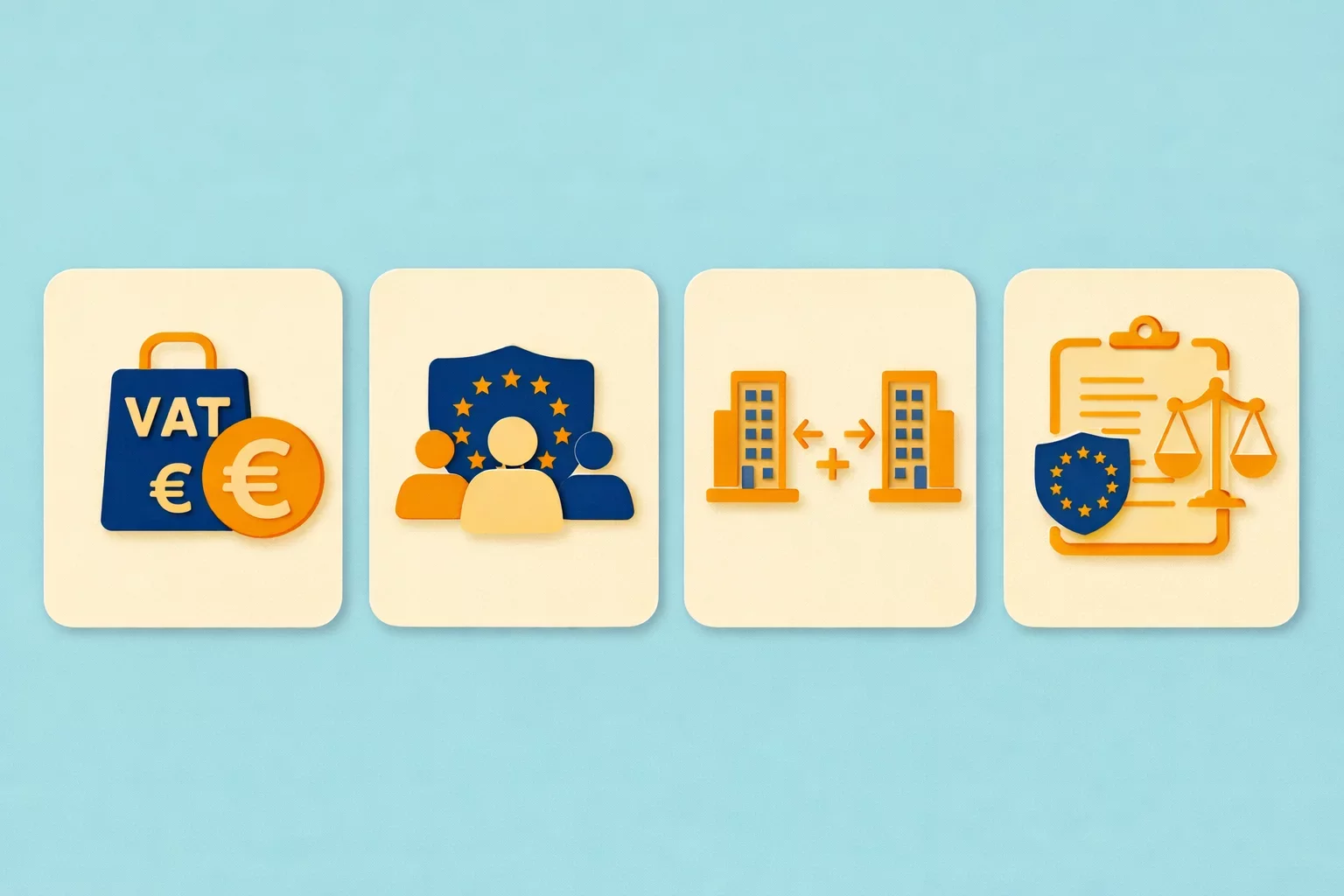
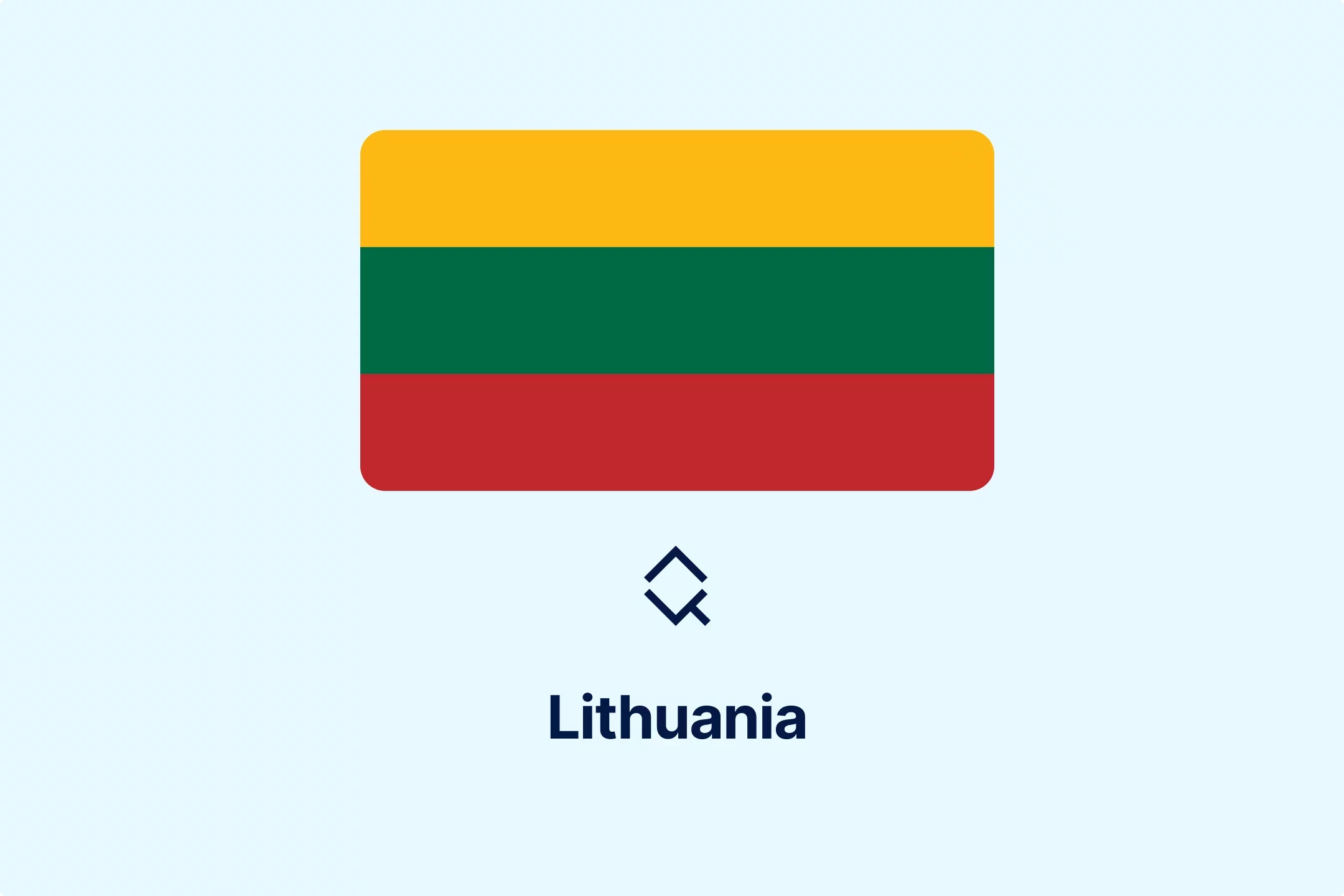

-webajrr4ny.webp)
-evibmwdwcn.webp)
-7acdre0hop.webp)

-lcgcyghaer.webp)
-ol6mdkdowg.webp)
-aqdwtmzhkd.webp)

-njgdvdxe2u.webp)

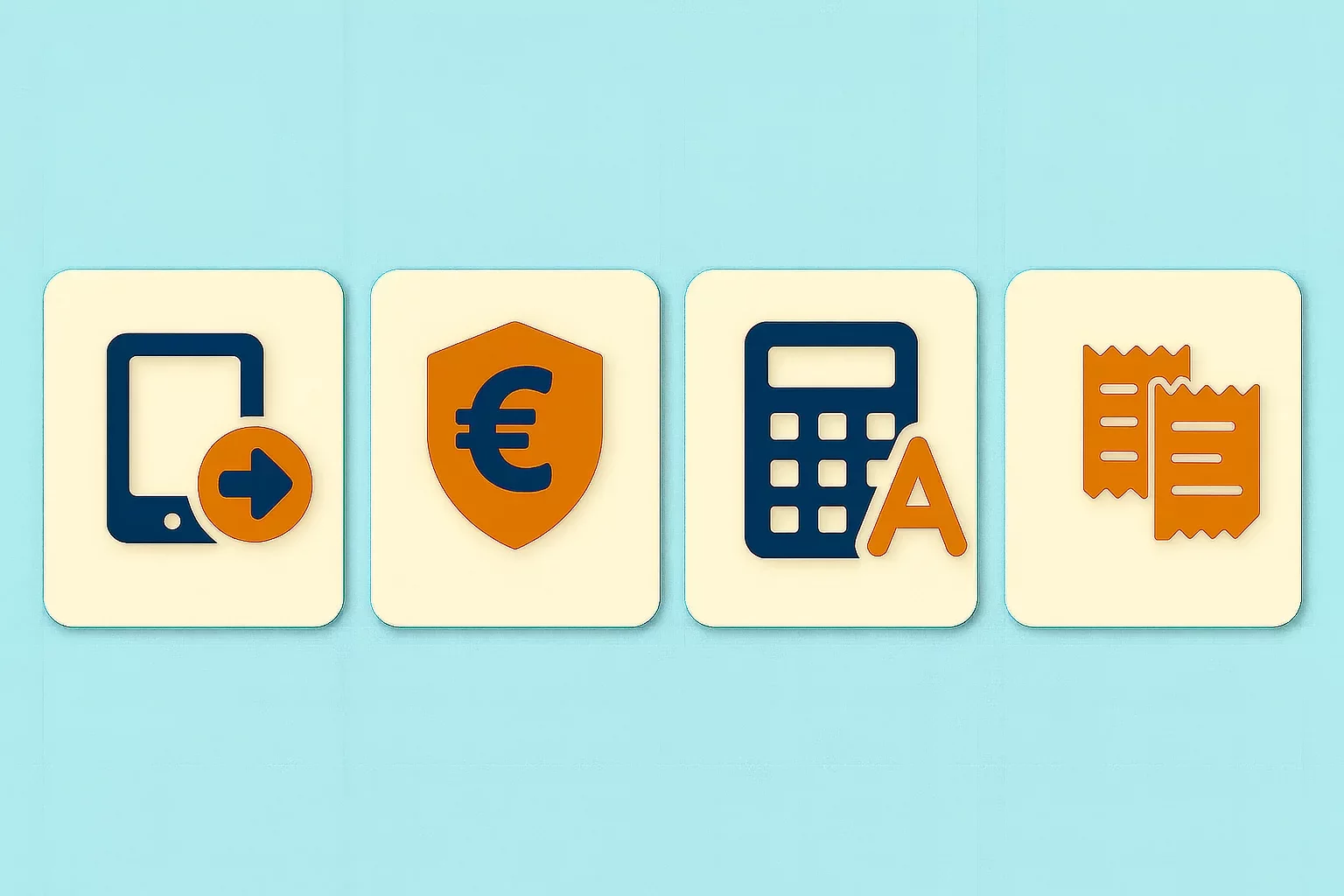

-i6rki3jbad.webp)
-hdwgtama05.webp)

-atbhy5fyxv.webp)




-zp2n6zixoa.webp)
-oa1ynbm4sn.webp)

-lltkno6txy.webp)



-do38odrqnq.webp)

-t409oldqzt.webp)

-hordopb6xh.webp)
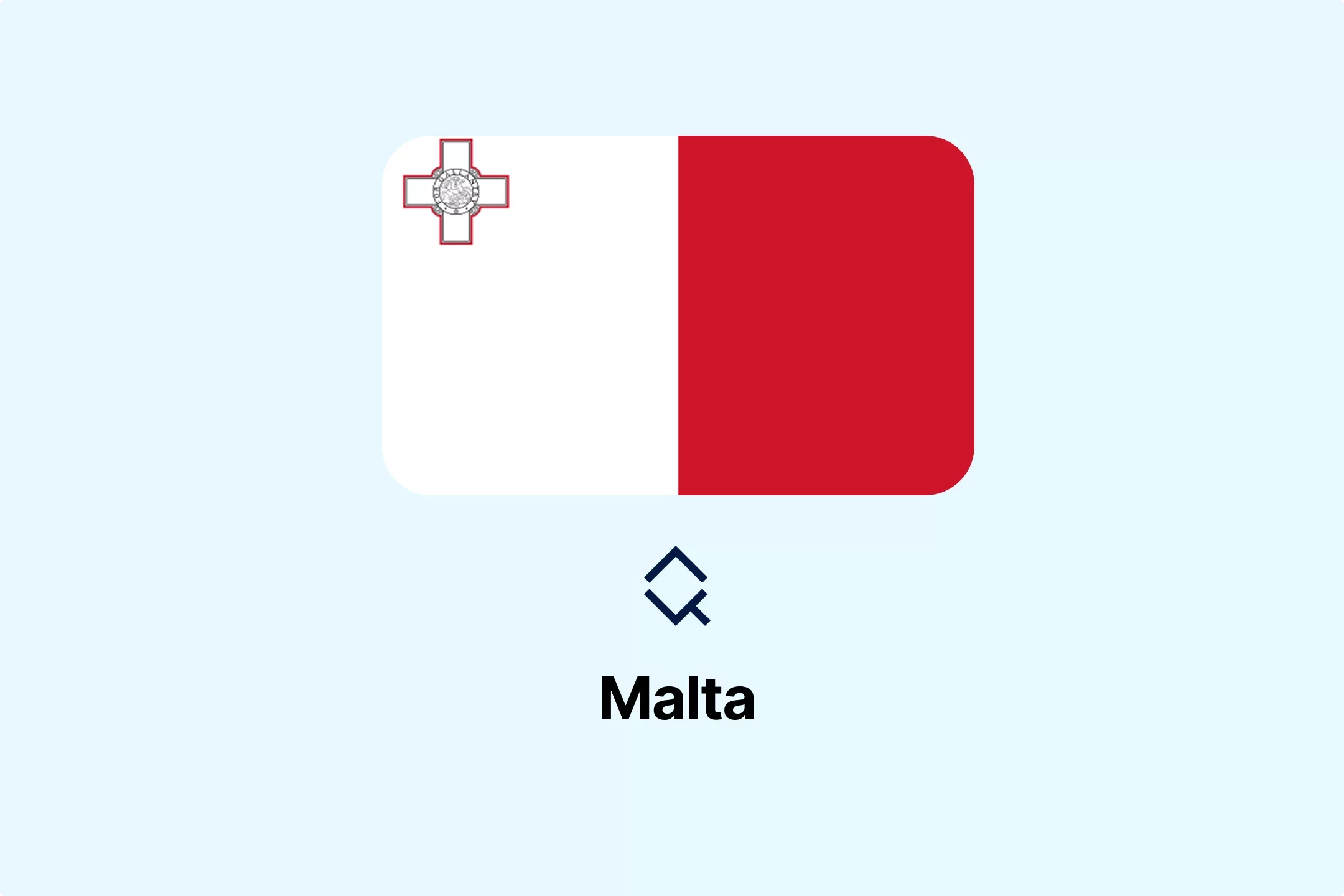
-ooimnrbete.webp)

-lwb5qpsily.webp)
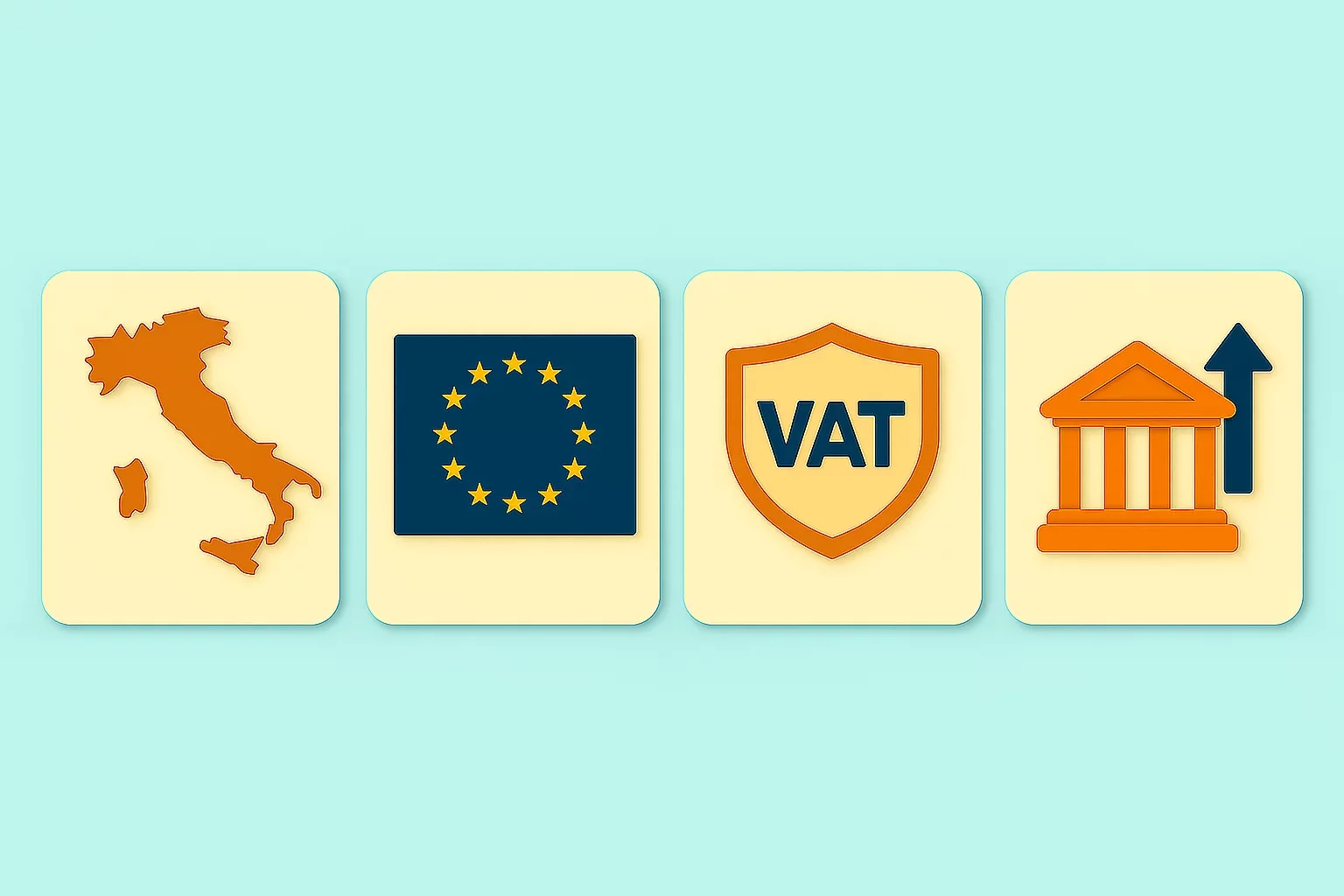

-eumafizrhm.webp)
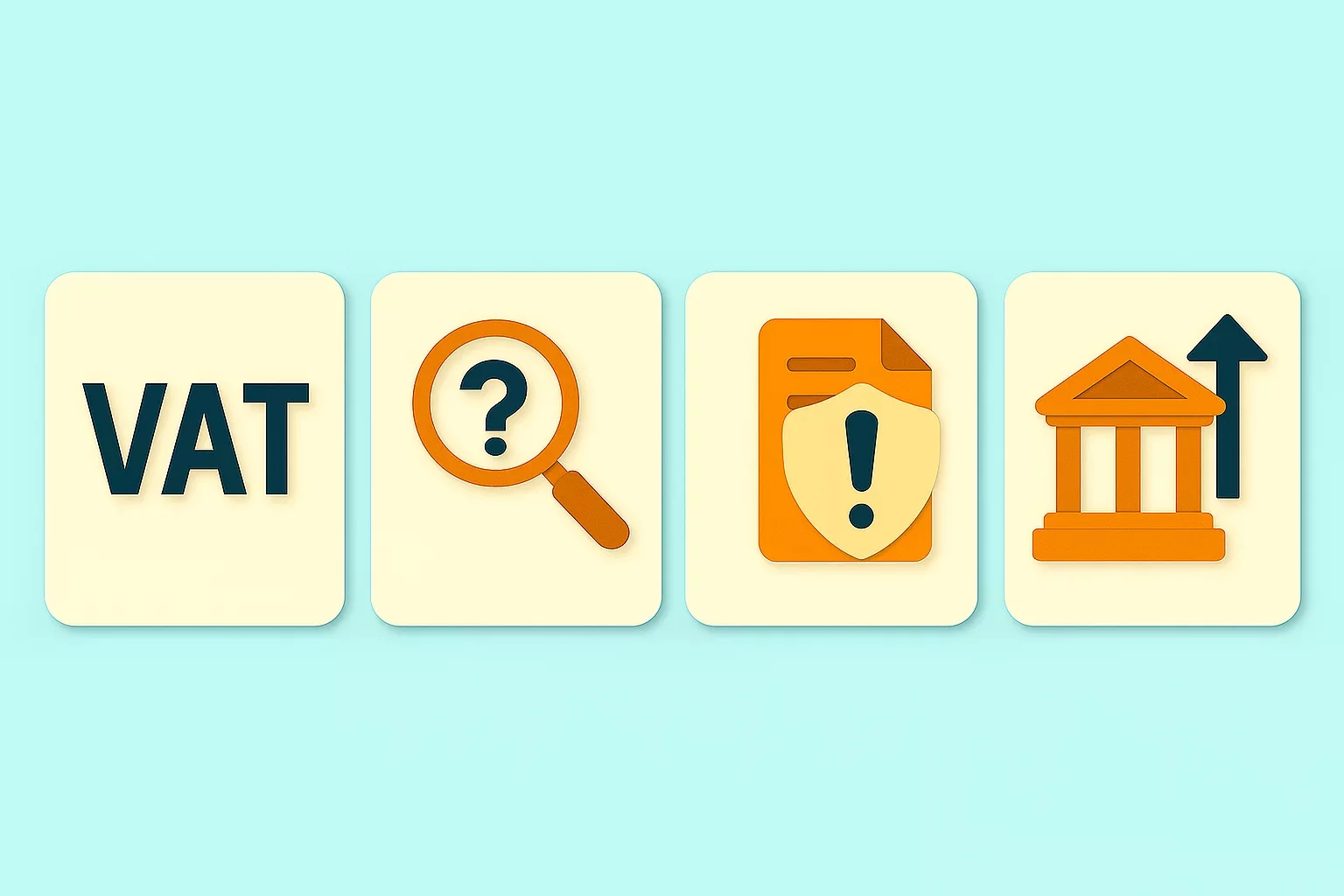
-mtqp3va9gb.webp)

-3ewrn1yvfa.webp)
-591j35flz2.webp)

-huj3cam1de.webp)


-hafis0ii23.webp)

-qseaw5zmcy.webp)



-qzsah2ifqx.webp)

-69rzooghib.webp)
-wrvng98m0g.webp)


-klyo8bn5lc.webp)



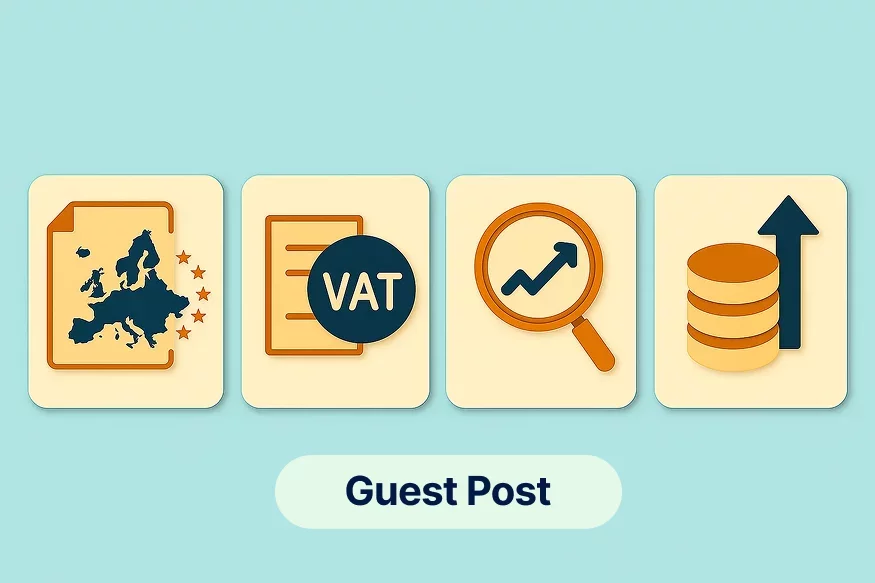
-6wv5h5eyyd.webp)
-tfgg78rbid.webp)
-a6jpv9ny8v.webp)
-qhdbapy0qr.webp)

-owvu7zoc13.webp)


-h28jrh1ukm.webp)

-wl9bl1rw3a.webp)

-2w76jtvtuk.webp)

-c0uvrmrq9j.webp)
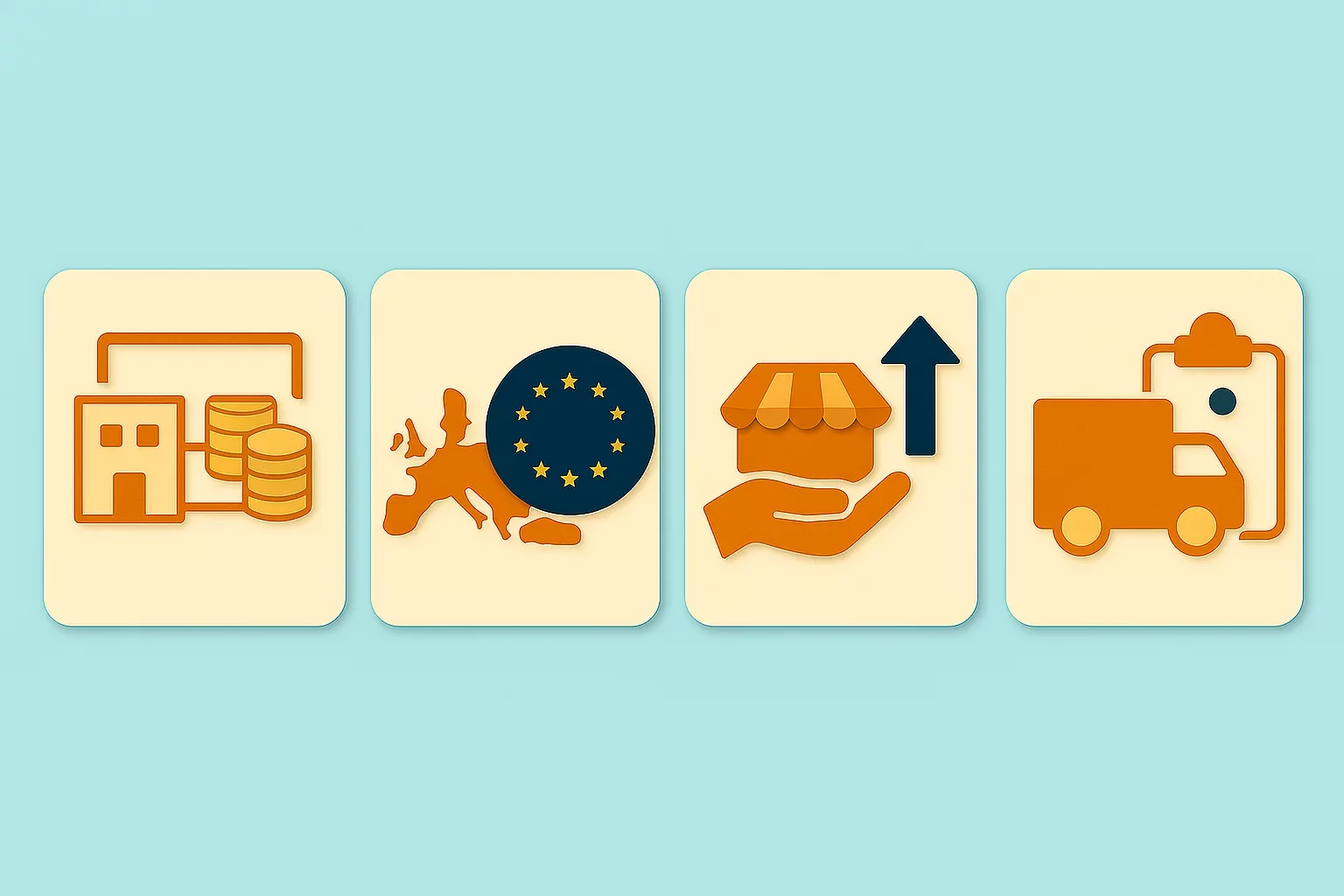


-pofe7ucwz3.webp)



-5cc23ezxyf.webp)
-rrmabbekeb.webp)







-iyyeiabtaf.webp)
-c8rbjkcs01.webp)
-nilkffjhah.webp)
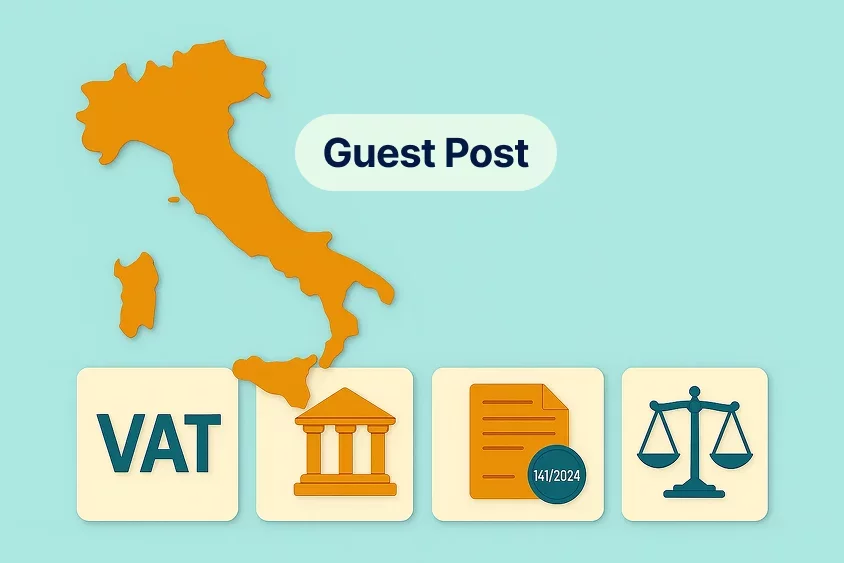
-hikakq55ae.webp)

-z1d60bldtg.webp)
-d1a0q6n7mp.webp)
-viip8nvoeh.webp)
-bvv1otliox.webp)

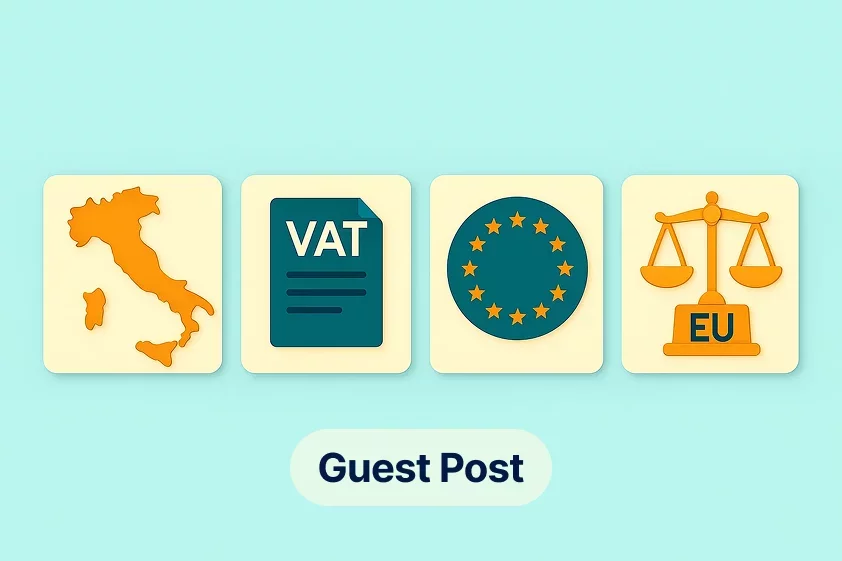

-de8hdb1bn3.webp)

-cm0opezg73.webp)
-0tovsdupmi.webp)
-subxdamdj6.webp)


-gly6ablwnh.webp)
-gkduqhwbzh.webp)
-qpe1ld9vcj.webp)
-8noukwsmba.webp)
-aka29tuhkt.webp)


-fisvs27yrp.webp)


-mp0jakanyb.webp)

-aivzsuryuq.webp)



-o7f4ogsy06.webp)

-zjja92wdje.webp)
-hrbhdts8ry.webp)
-qtdkwpgkug.webp)


-cf8ccgah0p.webp)
-0em3cif5s6.webp)






-ptzesl0kij.webp)

-tfzv42pyms.webp)
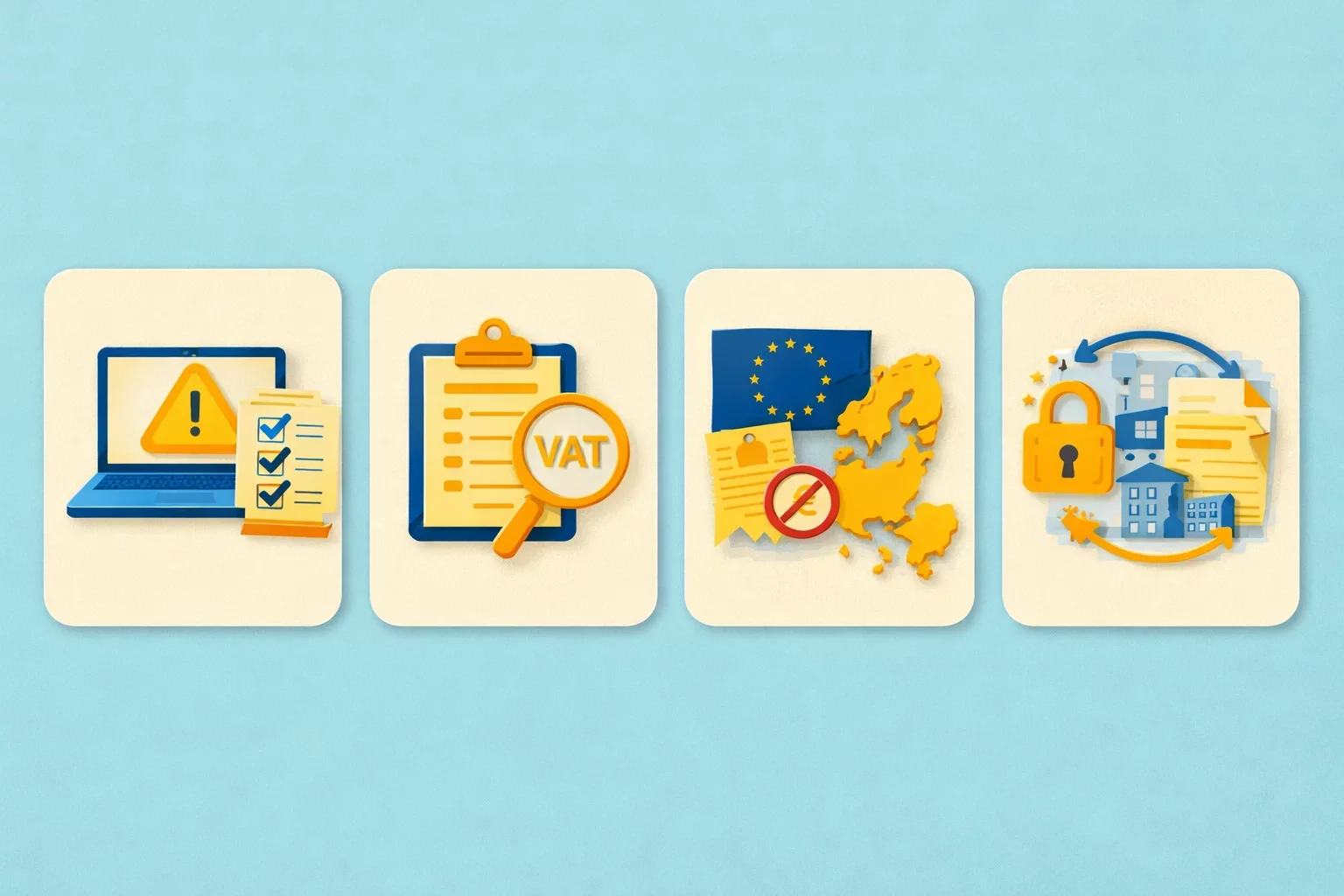






-uodv7sfbih.webp)
-bbrdfmm9qf.webp)



-m2tl8crfqr.webp)




-1awbqjgpjs.webp)
-avbjsn1k1g.webp)


-0h8ohkx6s0.webp)



-wfmqhtc7i6.webp)
-7wljbof2zo.webp)

-eqt97uyekl.webp)
-wzw9mcf563.webp)

-z4oxr6i0zd.webp)




-fhtic1pwml.webp)

-iipdguuz9p.webp)
-nkhhwrnggm.webp)
-pltqwerr3w.webp)

-nn6mtfbneq.webp)

-tmnklelfku.webp)



-8z1msbdibu.webp)
-7g16lgggrv.webp)



-lxcwgtzitc.webp)
-9mc55kqwtx.webp)


-xla7j3cxwz.webp)
-jrdryw2eil.webp)





-t9qr49xs2u.webp)


-qjopq5jplv.webp)



-vune1zdqex.webp)

-rgjta7iwiv.webp)

-zb6bxxws47.webp)
-lyfjzw4okp.webp)

-ogpfmol5m1.png)


-czisebympl.png)

-zetvivc79v.png)
-ud7ylvkade.png)
-qizq6w2v5z.png)







-ihr6b4mpo1.webp)
-k1j4au0ph6.webp)
-swxxcatugi.webp)


-ig9tutqopw.webp)

-tauoa6ziym.webp)

-spr0wydvvg.webp)
-xfuognajem.webp)





-u2nv5luoqc.webp)








-opuxpan2iu.webp)




-kwttsfd8ow.webp)
-8u14qi10nj.webp)

-wjpr96aq5g.webp)

.png)

.png)


.png)


.png)



.png)
.png)
.png)
.png)
.png)

.png)
.png)




.png)
.png)




































































































































